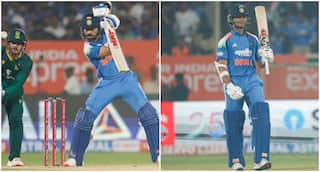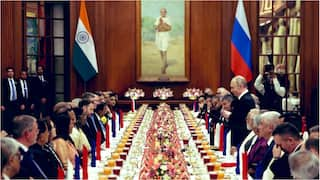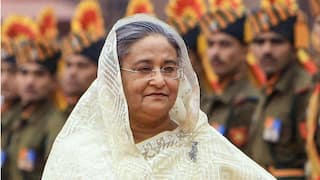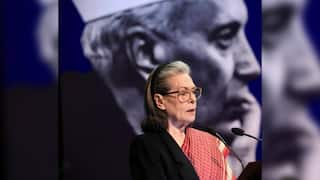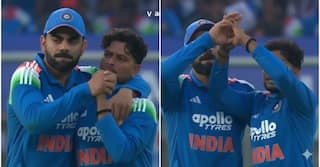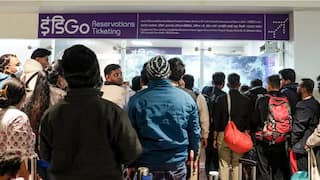Partho Dasgupta Talks About Media Literacy In The Digital Era
Digital literacy must begin in classrooms – Partho Dasgupta

New Delhi (India), July 3: Welcome to the dynamic and diverse landscape of India, where digital technologies are revolutionizing the way we live, learn, and connect. In this exciting digital era, being digitally literate isn't just an advantage; it's a necessity. As digital media grows, so does the threat of cybercrime and digital literacy is the only way to circumvent this threat.
According to the Indian National Statistical Office, a digitally literate person is at least five years old and possesses the ability to navigate the Internet using a web browser, utilize e-mail, and find, evaluate, and communicate information through social media tools. The Ministry of Electronics and Information Technology further defines digital literacy as the ability of individuals and communities to understand and use digital technologies for meaningful actions within life situations.
As we delve into the state of digital media literacy in India, it becomes apparent that there is a significant digital divide that needs to be addressed. Recent data reveals that only 38% of households in India can be classified as digitally literate. “This means we have a long way to go in terms of digital media literacy, a large portion of our population still lacks the necessary skills to effectively utilize digital technologies for meaningful actions.” Shares Partho Dasgupta, Ex-CEO of BARC India and Presently Managing Partner, Thoth Advisors
According to Ideas for India.in, disparities between urban and rural areas are evident, with urban areas exhibiting a higher digital literacy rate of 61%, compared to a mere 25% in rural areas. This discrepancy highlights the urgent need to bridge the gap and ensure equal access to digital opportunities across all regions of our diverse country. Another report released by National Crime Records Bureau shows 52,974 cases of cybercrimes were reported in 2021, which was an increase of 6% from 2020.
The statistics paint a clear picture of the importance of digital media literacy in India. As the world becomes increasingly interconnected through the internet, being digitally literate is crucial for individuals to access information, communicate effectively, and participate in the digital age.
“Digital media literacy empowers individuals to harness the full potential of digital tools and platforms”, shares Partho Dasgupta. By possessing the skills to navigate the internet, evaluate information, and use social media effectively, Indians can actively engage in a wide range of activities, such as online learning, professional networking, entrepreneurship, and civic participation safely.
Partho Dasgupta, BARC Ex CEO, states, “To bridge the digital literacy gap in India, we must approach the issue from multiple angles. First and foremost, it is essential to integrate digital media literacy into the education system right from an early age. By incorporating digital literacy as a core component of the curriculum, we can ensure that future generations are equipped with the necessary skills to navigate the digital landscape confidently.”
Simultaneously, raising awareness among educators, parents, and communities about the significance of digital media literacy is crucial by emphasizing its importance and encouraging its adoption as a fundamental skill, a culture that values and promotes digital literacy can be created.
In addition to education and awareness, fostering public-private partnerships is vital in promoting digital media literacy. Collaboration between the government, educational institutions, and private organizations can result in the development of comprehensive programs and initiatives. In 2017, the Union Cabinet approved "Pradhan Mantri Gramin Digital Saksharta Abhiyan (PMGDISHA)" intending to usher in digital literacy in rural India. This visionary program set out to provide digital literacy training to 6 crore rural households, ensuring that at least one person per household would receive the necessary skills to navigate the digital landscape.
Advocating for user-friendly digital platforms and tools is essential in making digital media literacy more accessible. Tech companies should be encouraged to design interfaces that are intuitive, accessible, and easy to navigate, catering to diverse audiences. By removing barriers and simplifying the user experience, even individuals with limited digital literacy skills can effectively utilize digital tools and platforms. “Creating user-friendly environments will empower individuals to explore the digital world confidently and enhance their digital media literacy”, shares Partho Dasgupta.
In the pursuit of a digitally literate India, it is crucial to recognize the existing disparities and take proactive steps to bridge the digital divide. By embracing digital media literacy, we can empower individuals across all regions, backgrounds, and age groups.







